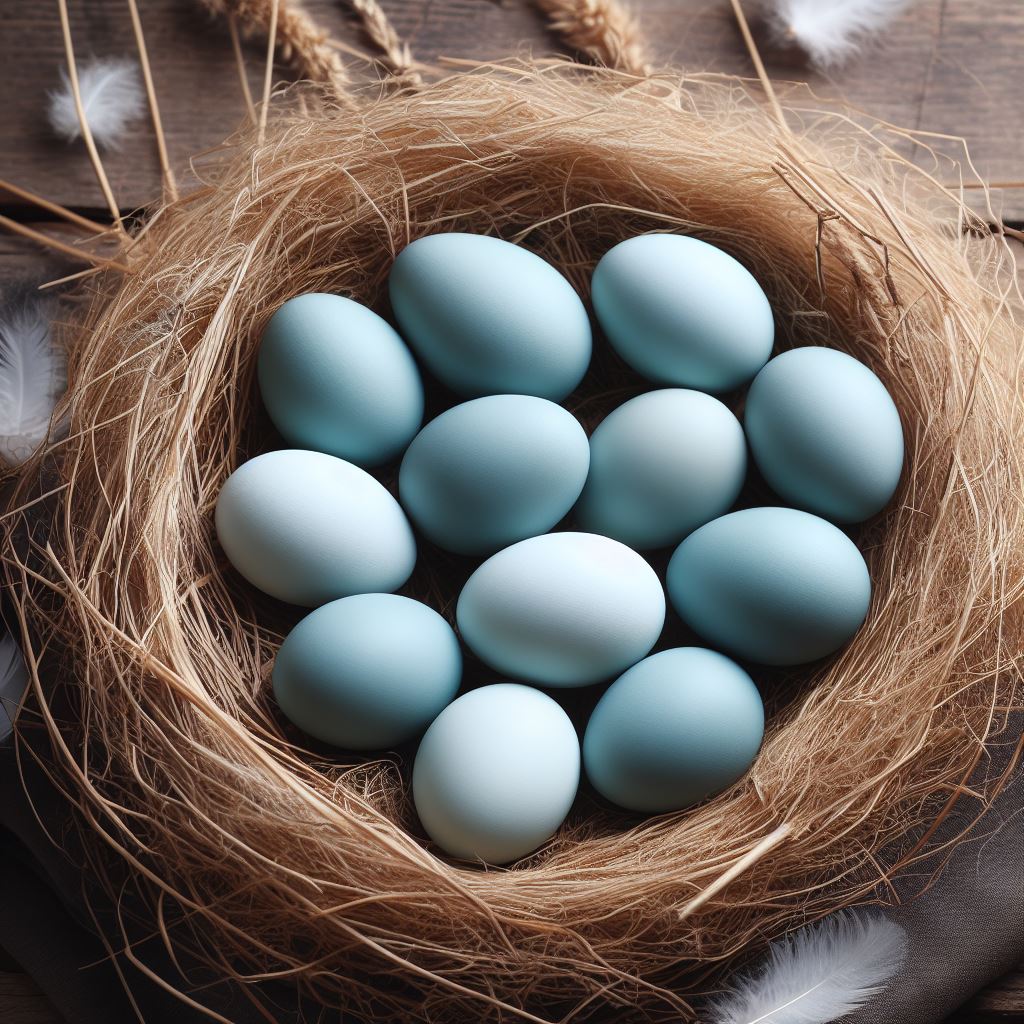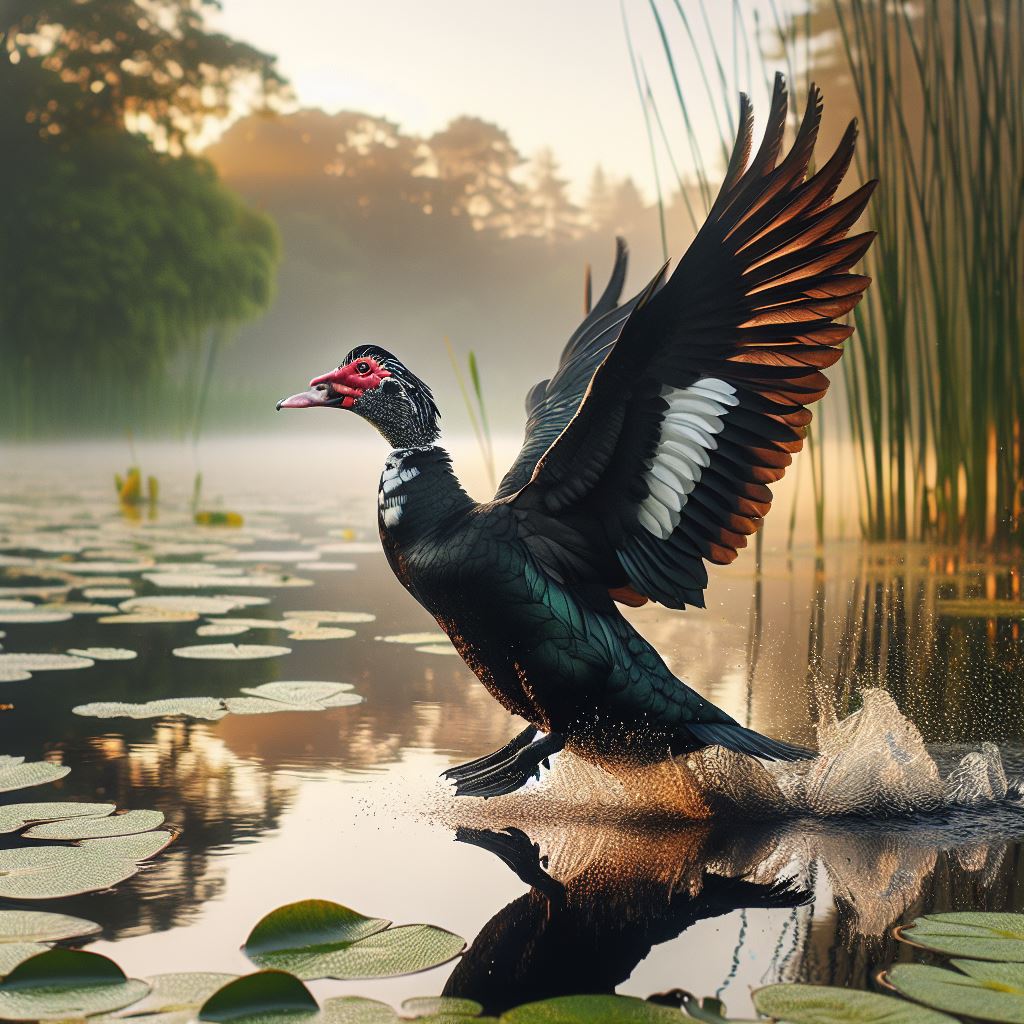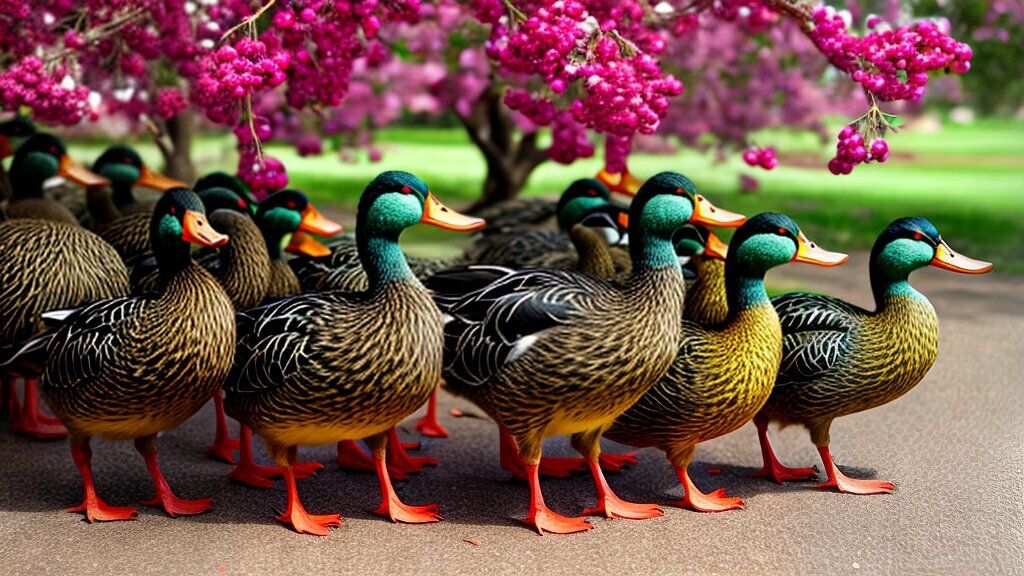What Ducks Lay Blue Eggs? A Guide to Egg Color Genetics

Table of content:
Have you ever cracked open a duck egg only to find a sky blue interior instead of the usual white or cream color? Blue and blue-green egg colors in ducks occur due to pigments deposited during eggshell formation. The specific shade depends on the duck breed and can range from pale blue to deep greenish-blue.
Understanding what makes some duck eggs blue starts with a look inside the egg color genetics.
Duck Egg Color Genetics: What Makes Blue Eggs?
There are two main pigments responsible for egg color variation:
- Biliverdin – A pigment that produces blue and blue-green hues
- Protoporphyrin – Produces darker brown eggshell colors
The deposition of these pigments during eggshell formation is controlled by genetic factors that vary between duck breeds.
Diet and environment have little effect on egg color – it’s all in the genes! Some ducks carry modifiers that dilute blue egg color to make white or tinted eggs. By selecting breeds with strong blue egg coloring, you can be sure to get that perfect pastel blue egg.
 Common Duck Breeds and Their Egg Colors
Common Duck Breeds and Their Egg Colors
Here is a breakdown of some common domestic duck breeds classified by their typical egg color:
Duck Breeds that Lay White or Cream Eggs
- Pekin
- Aylesbury
- Rouen
- Muscovy
- Crested
- Swedish
- Buff
Duck Breeds that Lay Blue or Blue-Green Eggs
- Indian Runner
- Magpie
- Welsh Harlequin
- Silver Appleyard
- Blue Swedish
Duck Breeds that Lay Dark Brown or Gray Eggs
- Cayuga
- Black East Indie
- Crested
Now let’s take a closer look at some specific blue egg-laying duck superstars!
Top Blue Egg Layers: Indian Runner and Magpie Ducks
Indian Runner and Magpie duck breeds are well known for laying beautiful blue-green eggs.
Indian Runner Duck
Indian Runners are a slim duck breed named for their upright stance and ability to run rather than waddle. Their egg production is exceptional – 200-300 blue or blue-green eggs per year!
Indian Runner Duck Facts:
- Originated in Indonesia
- Foraging breed
- Flightless
- Blue/blue-green egg color
- Good egg production
- Mix of white and colored plumage varieties
Magpie Duck
Magpie ducks have a unique black and white patterned plumage resembling their namesake bird. They too are good layers of blue-green eggs but can suffer lower production in very cold climates.
Magpie Duck Facts:
- Originally from Germany
- Auto-sexing breed – drakes have blue patches, hens do not
- Foraging abilities
- Blue/blue-green egg color
Consistent 200 egg annual production
Both Indian Runner and Magpie drakes should be paired with hens proven to lay strongly pigmented blue eggs for best egg color results. This “blue egg lineage” helps intensify shell coloration over generations by concentrating on blue egg genetics.
What Affects Egg Color Shade?
As mentioned, genetic potential primarily dictates the color we see duck eggshells take. However, several other factors can slightly alter the final color:
- Duck’s age – younger ducks tend to lay eggs with slightly lighter blue shells
- Season and environment – some subtle lightening of egg color may occur with winter weather
- Diet – nutritional deficiencies could potentially very slightly dilute shell color
While small color variations can occur, a blue egg laying breed should never produce white or brown eggs – their genetic coding for biliverdin pigment won’t allow it!
How to Encourage Blue Eggs in Your Duck Flock
If you want to collect the most vivid blue eggs possible, consider these tips in selecting your breeding ducks:
- Choose breeds like Indian Runner or Welsh Harlequin already programmed for blue egg laying
- Select individual ducks that lay very dark, vivid blue eggs to breed each year
- Pair your blue egg laying hens with drakes known to carry genetics for intensely colored blue shells
- Supplement with a quality waterfowl diet to avoid minor nutritional impacts on shell formation
With attention to choosing the best heritage bloodlines, you can achieve reliably beautiful blue duck eggs.
Conclusion: Celebrate the Variety of Duck Egg Colors
The huge diversity of domestic duck breeds allows poultry keepers access to an amazing palette of egg colors. From snowy white Pekin duck eggs to the brown speckled shells of Crested ducks to the emerald blue ovals of the Runner duck, there is an egg color out there to satisfy every preference!
Whether you have a special blue egg recipe in mind or just want to fill your nesting boxes with Easter egg hues, know that a strategic pairing of genetics, breed selection and optimal duck health will light the way. Happy egg collecting!
Welcome. I’m Adreena Shanum, the proud owner of this website, and I am incredibly passionate about animals, especially poultry. I founded adreenapets.com as a labor of love, stemming from my desire to share my knowledge and experiences with poultry enthusiasts worldwide.




